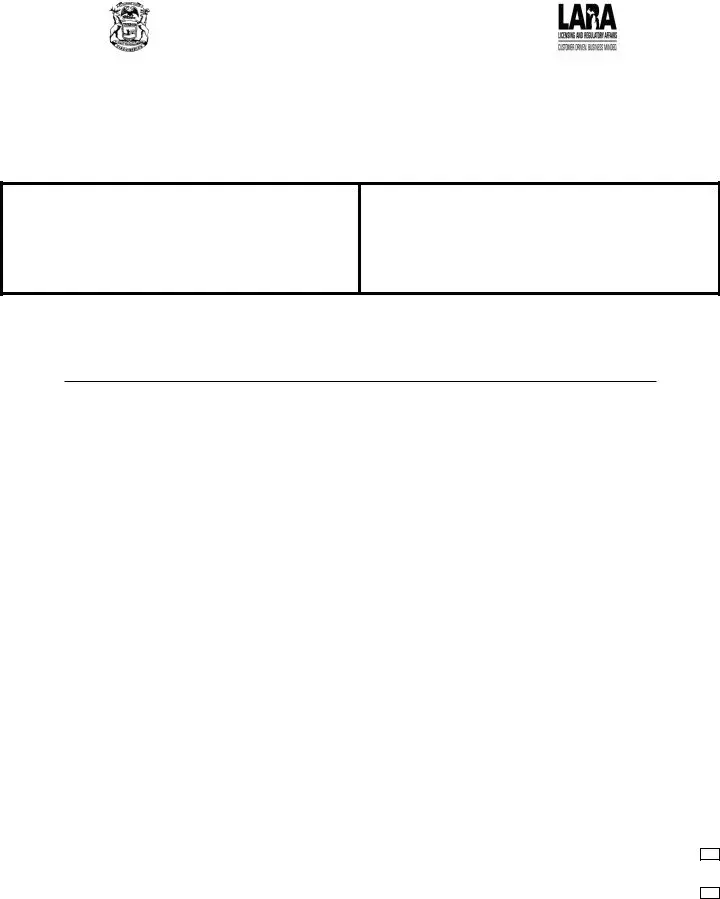One common mistake when filling out the Michigan UIA 1015-C form is not providing clear details when describing the nature of the work performed for the employer. It is vital to specify the services provided in a way that leaves no ambiguity, as this can significantly impact the determination of employment status.
Another error is failing to attach required documents, such as copies of contracts or invoices if the question applies. These documents are crucial for substantiating claims made on the form, and their absence can delay or negatively affect the outcome of the case.
Individuals often overlook the importance of accurately stating whether they have performed similar services for other employers within the specified timeframe. Misrepresenting or omitting this information can lead to incorrect assessments of one’s employment status, affecting eligibility for unemployment benefits.
Incorrectly answering questions regarding the receipt of a W-2 or a 1099 form is another frequent error. These questions aim to clarify the nature of the relationship with the employer. Providing inaccurate information here can cause misunderstandings about the worker's classification and rights.
Many fail to mention whether they were covered by Workers’ Disability Compensation Insurance. This oversight can impact the evaluation of the employment relationship, especially in distinguishing between employees and independent contractors.
Misunderstanding the question about employment status (employee vs. self-employed) leads to confusion. Selecting the right status requires understanding the legal definitions of these terms, as this affects nearly every aspect of the worker’s relationship with the employer.
Not clearly specifying the start and end dates of employment can also cause issues. This timeline is essential for determining the period under consideration and for validating the claim for unemployment benefits.
Failure to disclose whether one was required to report to work at specific times or if the employer had control over their schedule can result in a misinterpretation of the employment relationship. This information helps to distinguish between independent contractors and employees, who are subject to different laws and benefits.
Omitting details about equipment, tools, or materials used to perform services is another mistake. Whether these were provided by the employer or by the worker themselves can indicate the level of control the employer had, influencing the employment status determination.
Last, inaccuracies in reporting whether one had to call someone if unable to report to work can lead to an incorrect understanding of the worker’s autonomy and, consequently, their classification. It's crucial to provide precise information to ensure the accurate processing of the form.

